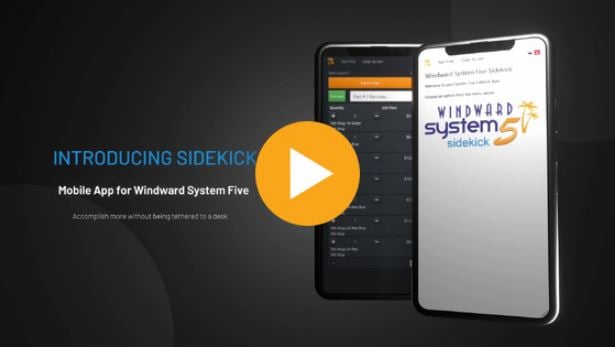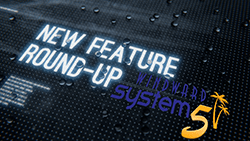This document is a guideline for a network administrator to setup a stable Windward System Five environment in a remote desktop environment (AKA Terminal Services). Windward Software is not responsible for network setup or configuration.
The end product of proper RDS environment for System Five is each physical machine logging into RDS has its own forced terminal number using the forcmachine=X from the workstation. Since terminal-specific information is stored against this number, this avoids users selecting another user's terminal and having configuration challenges.
Setup
* Each terminal needs to have its own unique login on the server. If each user has their own specific terminal at the remote location, then using their proper name would be sufficient. If multiple users are using a specific terminal, set up users such as: REMOTE-STN1, REMOTE-STN2, etc.
* For each of the individual TS Login accounts, one will need to set the parameters for the System Five shortcut on each account's desktop so that they are unique (the main thing we are concerned about here is the station ID). We set parameters on the System Five shortcut so that the correct station ID is used. To set the parameters of the System Five shortcut, rt. click and choose properties.
/smallsplash - displays a small-splash screen upon loading System Five. Not necessary, but will speed up the login process over the remote connection
/forcemachine=X - user is not able to change the terminal ID at the login screen for System Five**
The Start In parameter, f:\data\windward - This forces the user to only login to that particular data set. Can be useful if there are multiple data sets which have been linked in System Five, i.e. training data, etc.
Setup 2)
If you currently run a roaming profile TS with a specific setup you may consider using scripting user/group profiles that can make the desktop icon with a forcemachine parameter.
THIS IS ONLY AN EXAMPLE AND IS UP TO YOU TO HAVE YOUR ADMINISTRATOR CREATE THE PROPER SCRIPT
You should be able to use the wscript.network object and get the computername.
set objNetwork=CreateObject(“wscript.network”) if objNetwork.computername=“TERMINAL” then 'map drives or what you require
Setup 3)
Using the “remote desktop connection” to launch the software with the proper parameters
Setup a remote desktop icon on the desktop of each physical machine that opens RDS specifically launching System Five with the /forcemachine option
PRINTING IN REMOTE DESKTOP SERVICES
The easiest way to print in RDS is to setup a VPN and use windows printer sharing, which also makes it easy to transfer and setup drivers on the server. This ensures that the printer names do not change on the server so that System Five printing preferences do not break, if you prefer to use TS printing you must make sure the printer names are not dynamic if Printer1 session1 changes to session2 printing will break.
With the forced machines being specific to the station and the static named printing we ensure System Five Hardware preferences do not break.
Do not run PINPads over Wireless Terminal Services networks
Ensure you are not running your PINPAD over wireless. We support Terminal Services via wireless as there is no data being transmitted, just screen and keyboard, however, PINPADs transmit data. Wireless networks will drop or delay data much more often than wired networks.







